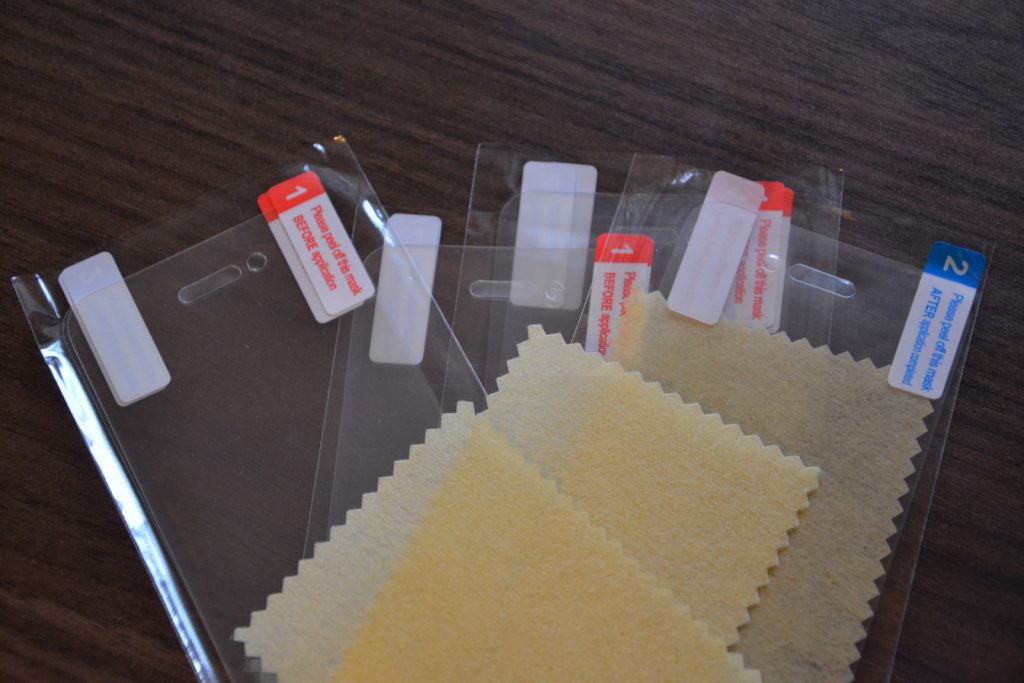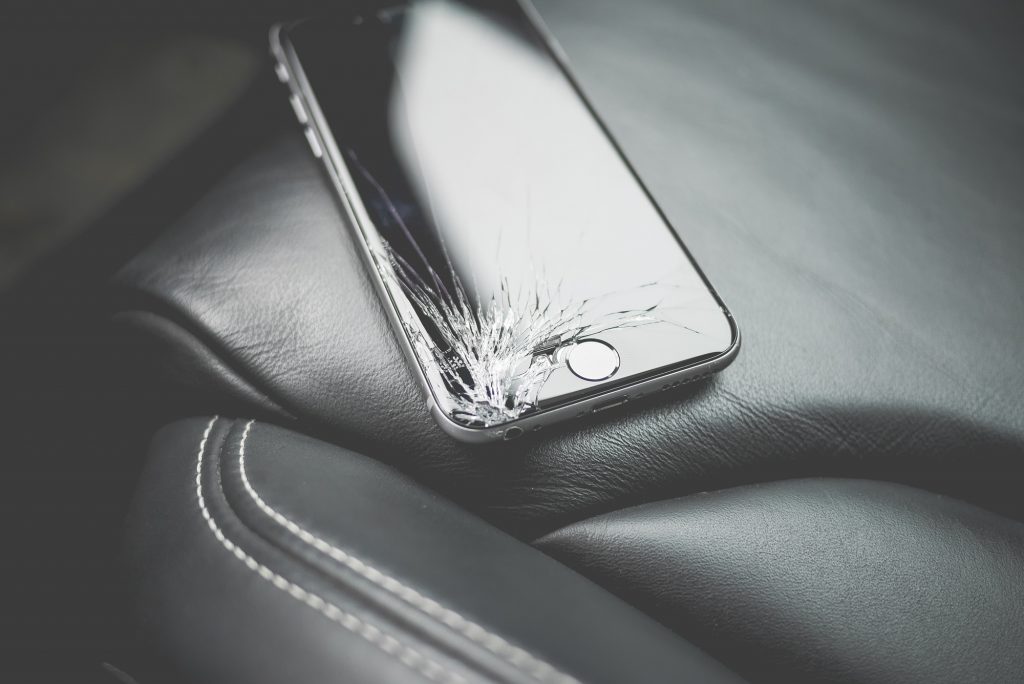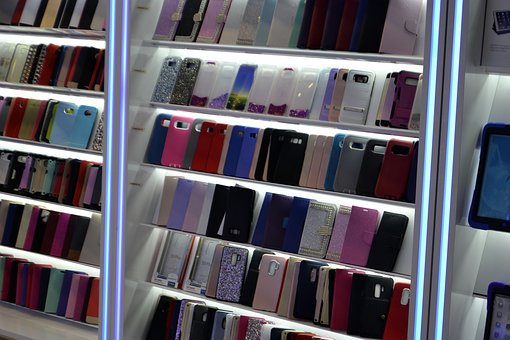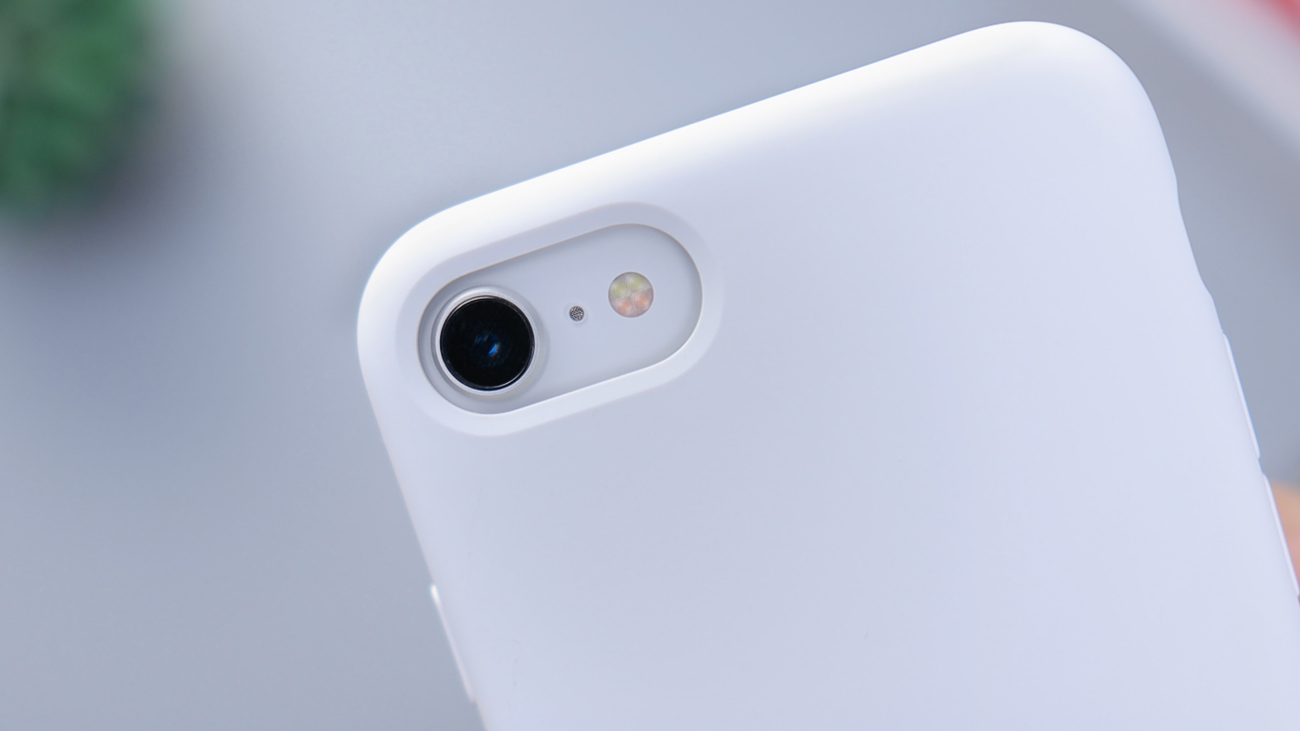Latest News
What are the best iPhone screen protectors?
By |
17th December, 2020 |
Categories:

There’s no getting away from the fact that iPhones are at the pricey end of the smartphone spectrum. However, with their unmatched useability and constant technological innovation, they’re still highly sought-after devices. Unfortunately, having such an expensive and desirable object with us at all times means our phones are at constant risk of damage, loss and theft.
But once you’ve spent your hard-earned cash and got there’s nothing worse than taking out your iPhone and seeing a cracked screen. While iPhone insurance will cover such eventualities, it’s preferable to stop screen damage happening in the first place – particularly as screens are so costly to replace.
For some models it might even be cheaper to buy a new device than replace a screen! And even if the screen isn’t completely cracked, a big scratch will not only irritate you but also affect the resale value when you come to upgrade.
However, while investing in a comparatively inexpensive screen protector can keep the surface looking pristine, buying one can make your head spin.
That’s why we’ve put together this guide on the different types and the best screen protectors available for whichever iPhone model you own. As with finding the best iPhone insurance, we want to take the stress out of life with an iPhone.
Why do you need one?
The screen technology of iPhones has come a long way over the years. And while the current generation should be able to stand some punishment, they are in no way unbreakable!
Indeed, looking at your iPhone you’ll soon notice a patina developing over the surface. Even if there are no deep scratches yet, there will probably be some minor abrasions already. To prevent this, you need to invest in a screen protector.
While screen protectors are not perfect, they do create a much-needed layer to protect your screen from common abrasives such as sand. Some protectors will also reduce damage in the event you drop your iPhone, protect delicate camera lenses and stop curious eyes from spying on your communications.
These all give you some comfort when popping your prized iPhone into your pocket or bag and heading out. You’ll feel safe in the knowledge it’s only the protector that’ll get damaged and not your screen.
If an accident should happen you can easily replace the protector, keeping your iPhone screen in tip-top condition for any future resale.

What types of screen protectors are there?
With the high prices of iPhones, it’s more important than ever to protect your device. Indeed, a screen protector is a must-have accessory for any careful owner today.
However, even a cursory search of online shopping sites for “iPhone screen protector” will result in a bewildering number of choices of brands, types and prices.
To make your search a little easier, we’ve looked at the advantages and disadvantages of the most common types.
PET plastic
Polyethylene terephthalate (PET) has long been used as a material for screen protectors. PET consists of a polyester film with a scratch-resistant coating on one side and a silicone glue on the other.
Advantages
- In-screen fingerprint friendly
- Clear and high transparency
- Good protection against small scratches from fingernails, keys and coins
- Super cheap
- Light and thin so less visible
- Smooth feel
Disadvantages
- If your phone has curved edges it won’t cover the whole screen
- Least protection from drops and impacts
- Can discolour in the sun
TPU film
A thermoplastic polyurethane (TPU) film screen protector offers one of the most basic levels of protection from light scratches. Its elastic qualities mean it has limited ‘self-healing’ abilities. So, some small scratches will disappear over time.
Advantages
- Highly flexible
- Works well with curved screens and in-screen fingerprint technology
- Full-screen coverage
- Case friendly
- Can be applied wet or dry
- Better impact protection than PET
- Some self-healing for small scratches
- Low price
Disadvantages
- Only protects against small scratches
- Difficult to install
- Has a ‘rubbery’ texture
- Can cause glare on your iPhone screen
Tempered glass
Tempered glass currently offers the best protection available on the market. While some covers might be expensive, that’s nothing compared to a complete screen replacement!
Advantages
- Multi-layered including shock-absorbent silicon
- Clear display
- Smooth feel
- Anti-reflective and reduces glare
- Hard enough to resist most scratches
- Excellent protection from drops and bumps
- Oleophobic coating reduces fingerprints
Disadvantages
- Incompatible with some cases
- Thicker so more visible
- Not self-healing
- Expensive compared to TPU and PET
Invest in a case
With your iPhone insurance and screen protector in place, you might think you’ve done all you can to physically protect your device. But you’d be wrong. Screen protection is just one part of the puzzle.
Avoiding scratches and some impacts is great but if you really want to protect your Phone you’ll need to invest in a decent case. There are so many great iPhone cases on the market but it’s important to choose one compatible with your screen protector.

Best iPhone screen protectors
Whether you’ve an iPhone 5 or an iPhone 11 pro Max, or anything in between you’ll want to keep it well protected. And with the market for iPhones still so active there are plenty of screen protectors available to suit any model or budget.
Indeed, screen protection is only the start. There are also options to shield your screen from prying eyes. Or even to protect your iPhone’s precious camera lenses. Below we’ve highlighted a selection of screen protectors to suit any iPhone model.
iPhone 5 to iPhone 8+
With the discontinuance of the iPhone 8 and 8+ in early 2020, Apple heralded a new era for iPhones. But clearly there are many older iPhone models still in action and will be for years to come. Here’s a roundup of the best screen protectors for these models. All of these use tempered glass.
- JETech Screen Protector – A hassle-free and budget protector which has options compatible with the iPhone 8/7/6s/6 and the iPhone 8+/7+. The only downside is it doesn’t extend over the curved edge of the screen. They also fit the latest iPhone SE (2020) but it’s worth checking before purchase.
- UNBREAKcable Screen Protector – A good case-friendly protector compatible with the iPhone 8/7/6s/6. There’s also one available for the iPhone 8+/7+. The company is so confident in its protector they’ll send you a new one if it ever cracks!
- Tech21 Evo Glass Screen Protector – One of the more expensive screen protectors but also one of the best. Ultra-thin and with a premium fee,l it’s available for the iPhone 8/7/6/6s, the iPhone 8+/7+ and the iPhone SE (2020).
- Cadorabo Bulletproof Screen Protector – A good protector for the money. It has a great range and will fit the iPhone 8/7/7s/6/6s/5/5s and the iPhone 8+/7+.
- ZAGG InvisibleShield HDX – If military grade and nano-memory technology are the kinds of things you look for in a product then this screen protector might be for you. Apparently able to withstand three times the pressure of standard tempered glass screen protectors, there are options for the iPhone 7/6/6s/6s+.
iPhone SE (2020) to iPhone 11 Pro Max
With an ever-changing range of iPhones coming to market screen protector manufacturers have to keep up to stay relevant. Here are some of the best screen protectors for the most recent generations of iPhones.
- ESR Screen Protector – While the iPhone SE (2020) might be one of the cheaper models it’s still well worth protecting. This price-friendly option comes with long-lasting protection from smudges and fingerprints. It also includes an alignment frame for easy installation and is compatible with most cases. It’s also suited to the iPhone 8/7/6/6s.
- ESR Full-Coverage Screen Protector – Not all screen protectors will cover up to the very edge of the iPhone 11/XR but this one does. These come with an alignment frame and can withstand a lot of force. However, you might want to check if they work with the case you’ve chosen.
- LK Screen Protector + Camera Lens Protector – For large iPhones like the iPhone Pro Max you’ll need a large screen protector. This ultra-thin protector is easy to apply and offers maximum security. It also comes with a separate protector to apply to the device’s camera lenses.
- TORRAS Privacy Screen Protector – This might not be to everyone’s tastes but if you want to keep your phone activity private then this protector will help. It’s designed so you can only see the display from front on. Someone peeping from the side will only see a dark screen. Great for private browsing and protecting sensitive business information while you’re using your device in public. TORRAS has options suitable for the iPhone 11 Pro Max and the iPhone 11/11 Pro/XR/XS/X.
- Spigen AlignMaster Screen Protector – Just as with Apple a well-respected brand name goes a long way. This easy to apply protector is a good cheap solution to the protection needs of the iPhone 11 Pro/XS/X.
- UniqueMe Privacy Screen Protector – Specially designed for the iPhone 11 Pro this cover not only protects the screen but also the camera lenses. In addition, its tinted design protects your privacy, too.

How to fit an iPhone screen protector
Applying screen protectors is one of the trickier things to do with your iPhone. We’ve all had to struggle with balancing perfect alignment with removal of any bubbles. Follow the steps below and you should be sorted in no time.
Step 1: Wash your hands. Most instructions don’t include this step. However, if you want to avoid smudges then giving your hands a wash before fitting will help.
Step 2: Clean your iPhone. After removing your device from its case use a micro-fibre cloth to remove smudges and clear any visible dirt from the screen.
Step 3: Remove the protector from its packaging and read installation instructions. Check which way up your protector needs to be and which side is the ‘sticky’ side. Some of the more expensive screen protectors have alignment frames that make installation easier. Make sure you follow the instructions for their correct use.
Step 4: Align the screen protector. Whether or not there is a frame included, you must align the protector correctly with the screen. Take care to line up the four corners and any holes in the protector with the speaker grille, Touch ID button or camera.
Step 5: Create a tape hinge. Use the sticky tape provided to create a hinge between the edge of the protector and the iPhone.
Step 6: Clean the screen. Using the tape hinge fold the screen protector back and use cleaning cloths to thoroughly clean the screen and remove any final bits of dust.
Step 7: Peel off the protective layer. Now peel off the protective layer to reveal the side that will ‘stick’ to the iPhone screen.
Step 8: Apply the protector. Using the tape hinge carefully place the protector over the screen. As the two surfaces bond together, some bubbles may develop. These can easily be removed by pushing gently to the edge of the screen using the tool provided or a credit card.
Step 9: Remove tape and give the iPhone a final clean. You’re done!
iPhone insurance from Gadget Cover
Whatever screen protector you choose, the dedicated team at Gadget Cover will search to find you an iPhone insurance policy to cover any model or requirements, and to suit any budget.
iPhone users know it’s vital to protect these sought-after devices from the risk of being damaged, lost or stolen. With our iPhones being so vital to our personal and business lives, we are increasingly vulnerable to such problems.
Gadget Cover policies include protection from accidental damage, liquid damage, theft, breakdown and unauthorised usage. For an extra premium, your iPhone can also be covered against loss.
If you’ve invested in iPhone accessories, too, these can also be covered (up to £150) if they’re lost, stolen or damaged at the same time as your iPhone.
Get a quick quote to insure your iPhone today.
Policy benefits, features and discounts offered may very between insurance schemes or cover selected and are subject to underwriting criteria. Information contained within this article is accurate at the time of publishing but may be subject to change.


